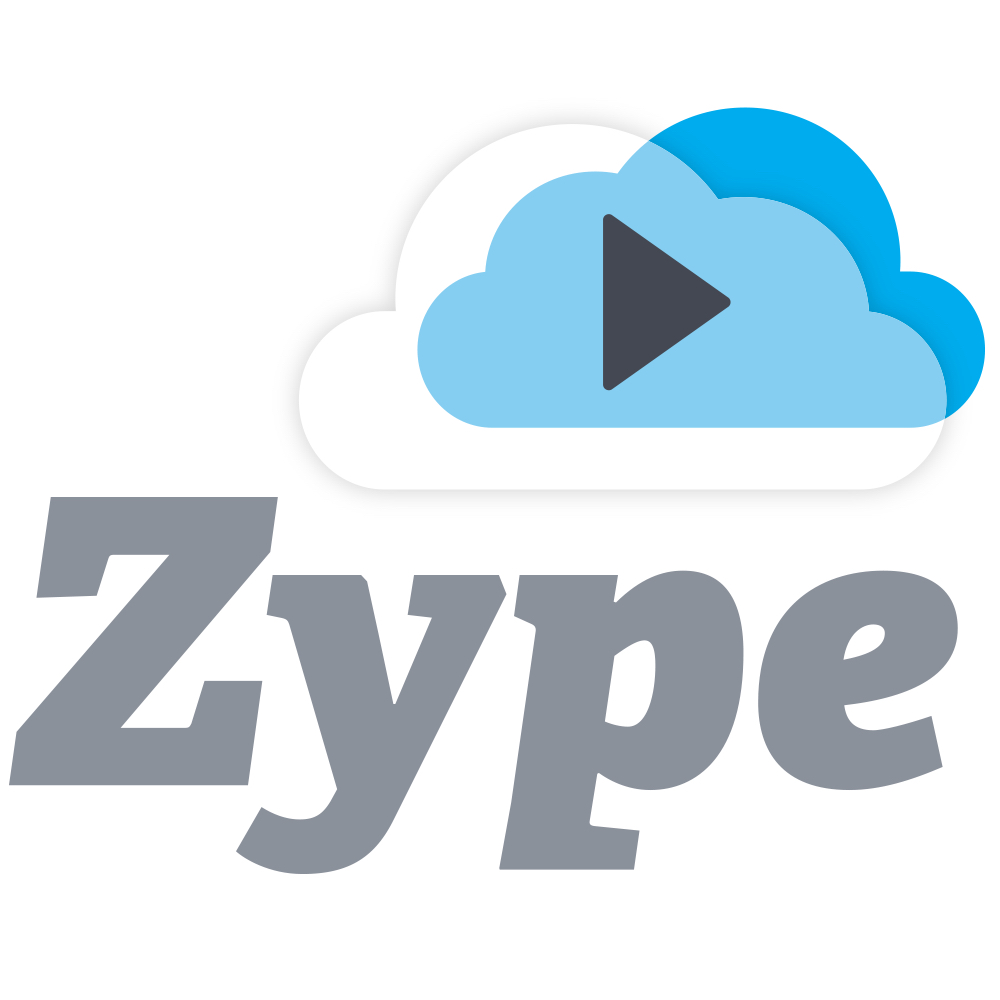Insights is a weekly series featuring entertainment industry veteran David Bloom. It represents an experiment of sorts in digital-age journalism and audience engagement with a focus on the intersection of entertainment and technology, an area that David has written about and thought about and been part of in various career incarnations for much of the past 25 years. David welcomes your thoughts, perspectives, calumnies, and kudos at david@tubefilter.com, or on Twitter @DavidBloom.
This installment of Insights is brought to you by Zype. 
Buzzword Bingo’s Word of the Week, boys and girls, is “Premium.” It was on the lips of seemingly every smart media executive I’ve talked with lately.

Subscribe to get the latest creator news
And “Premium” is going to be the one-word strategy for many outlets until we, and they, find out for sure whether premium content will indeed bring premium audiences who can either buy premium subscriptions or attract premium advertisers.
Can outlets make enough good stuff to persuade audiences to stick around, given the surfeit of other options at hand from so many directions? I’m not complaining about all the great content out there, but the more companies I hear talking about premium as panacea, the more I think John Landgraf of FX Networks and Peak TV prophecies has diagnosed the problem, if not anything like a solution.
Landgraf’s annual update of doom is still a week or two away, as part of the Television Critics Association gatherings.
But that doesn’t mean other execs aren’t talking about it. The primacy of premium content was frequently invoked by Charlie Collier, president and general manager of cable channel AMC (along with the Sundance Channel and AMC Studios), at a salon presided over by TheWrap.com founder Sharon Waxman.
“More doesn’t necessarily mean better,” Collier said, responding to a question about the flood of content washing over American eyeballs courtesy of fat-walleted digital outlets such as Netflix and Amazon. “More is just more.”
Collier has a worthy argument, given AMC’s admirable focus on quality shows since its first notable original, Mad Men, debuted 10 years ago this week (yes, hurts my brain too).
Mad Men represented a huge strategic pivot by AMC, to its own distinctive programming and away from playing other companies’ movies (its original name was, after all, American Movie Classics). The shift was forced, Collier said, because cable providers were experimenting with video on demand and many were just giving away movies, AMC’s stock in trade, to get customers used to the new service. If AMC didn’t evolve, it was in danger of becoming an afterthought.
So Collier, then a year in the job, led a move into original, high-quality content, immensely helped by Matthew Weiner’s antediluvian semi-celebration of 1950s/1960s ad-business culture on Madison Avenue.
Mad Men ran its course, and won many awards for AMC, helping establish its reputation for quality/premium programs. Now, the company has another smash, ratings monster in The Walking Dead and spinoffs The Talking Dead and Fear the Walking Dead. There’s no telling when they’ll tap out. Like the Walking Dead zombies, the shows keep lurching forward, eating up huge audiences.
Collier used Waxman’s salon to announce two minor bits of brand extension: the launch of a Walking Dead rewards program and a subscription box, both the kinds of merchandise offerings you do when your army of ardent fans can’t get enough of your product, or of ways to give you more money. That kind of fan base may be exactly what AMC needs as it transitions to a post-Pay-TV world.
On the same night, down Wilshire Boulevard a mile or so in Beverly Hills from Collier’s talk, I had a rather similar conversation with Chris Long, who heads a much newer player in the content wars, AT&T’s stultifyingly named Audience Network.
In a lavish TCA party at the Beverly Hills Hilton, Long’s organization previewed Mr. Mercedes, its new show debuting Aug. 9 on AT&T’s DirecTV and U-Verse video service and their respective mobile apps.
Long has a more complicated conversation with consumers as he invests in high-end shows. The Audience Network is available to 25 million people, he said, but I have to confess some confusion about whether I, a long-time AT&T mobile and Internet customer, can actually see any of this stuff. I suspect I’m not alone.
That said, Long and AT&T are betting on premium content as a way to keep people sticking around on their proliferating set of content-distribution platforms. For Mr. Mercedes, they’ve hired some pricey collaborators: long-time TV producer David E. Kelley (Ally McBeal, Boston Legal, LA Law, Chicago Hope, The Practice, Picket Fences, LA Law, I could go on and on), along with Stephen King (yeah, that guy).
One of the show’s stars, Kelly Lynch (Drugstore Cowboy, Charlie’s Angels), told me that Dennis Lehane (author of the novels Gone Baby Gone, Mystic River, and Shutter Island) wrote an amazing episode of the show (No. 5, she said) just for her. Lehane is not listed in the official credits, but his sub rosa involvement gives you an idea of the money AT&T is throwing against shows such as this.
Other members of the show include Brendan Gleeson (several Harry Potter movies and Gangs of New York) and Justine Lupe (Madame Secretary and Snowfall from Netflix) among many others. Other shows on the AT&T docket include similar big names.
And sure enough, when I talked with Long, he had one word for his strategy: premium.
“We want to give customers enough inertia on their chests that they can’t leave,” Long said, in a rather vivid metaphor. “It’s an opportunity for everyone, but it’s where everyone is going.”
Indeed, premium is the word. It manifests in some interesting ways.
A couple of people I talked with, including DanceOn CEO and co-founder Amanda Taylor, talked about the jump in spending and production values, even for companies such as DanceOn that are products of YouTube’s early, user-generated MCN days.
Where a heavily produced and edited 5-minute YouTube video from one of her site’s creators might cost as much as $5,000 per minute of programming to create, premium content from DanceOn these days for several upscale outlets might cost as much as $25,000. That 5X multiple seems to be a widely shared metric these days.
“What we’re seeing is more and more demand for premium content,” Taylor told me. “Originally that was just Netflix but we’re seeing more and more outlets going there. Audiences want both. They want to be part of the social video experience, they want to watch it and participate in it. But they also want a more lean-back experience.”
Premium is the term for a level of content quality that we’re used to seeing on “TV,” that thing we used to see on large screens with very few choices about when or what we watched. Now it’s the (potentially) secret weapon that sites are depending on to collect audiences as we move into the Brave New Future of Video.
And premium can, so we think, work whether your site depends on subscriptions or on advertising. In an era of content glut, making the cream of the crop can be a way to rise to the top, unless everyone else makes creamy goodness too. Then you’ve just raised the bar of expectations, and the cost to meet them, to very high levels for everyone.
I understand the allure of Premium. Do it right, like HBO or AMC or Netflix or Amazon, and you’re building a loyal audience who’ll follow you from big platforms into the more uncertain and fast-evolving frontiers of online video.
But with Netflix spending $6 billion this year on content, and Amazon spending another $4.5 billion, plus whatever Hulu, AT&T, Verizon, HBO, Starz, FX, Showtime and an army of others are spending to create name-brand content, will being good be good enough for everyone else?
Premium may be the strategy that makes sense these days, but we’ll see whose premium content proves sticky enough to consistently attract the audiences that companies need to survive. In the meantime, I can’t wait to watch it all.

This installment of Insights is brought to you by Zype. Zype makes it easy for content owners to build and manage successful direct-to-consumer video businesses. The platform supports both Video On Demand and live video, multiple integrated monetization models and turnkey automation that simplifies video workflows. Visit www.zype.com to request a demo.








